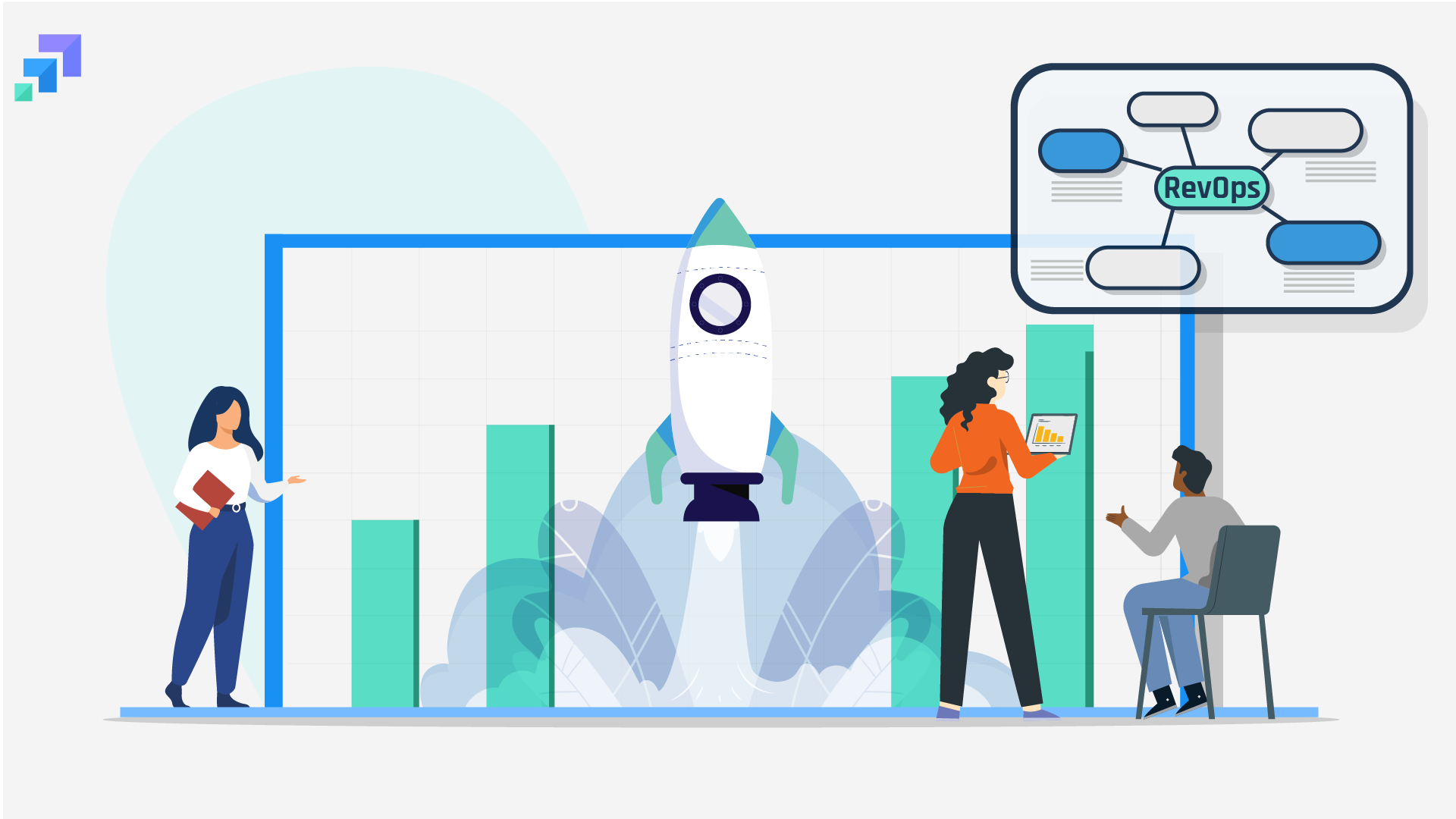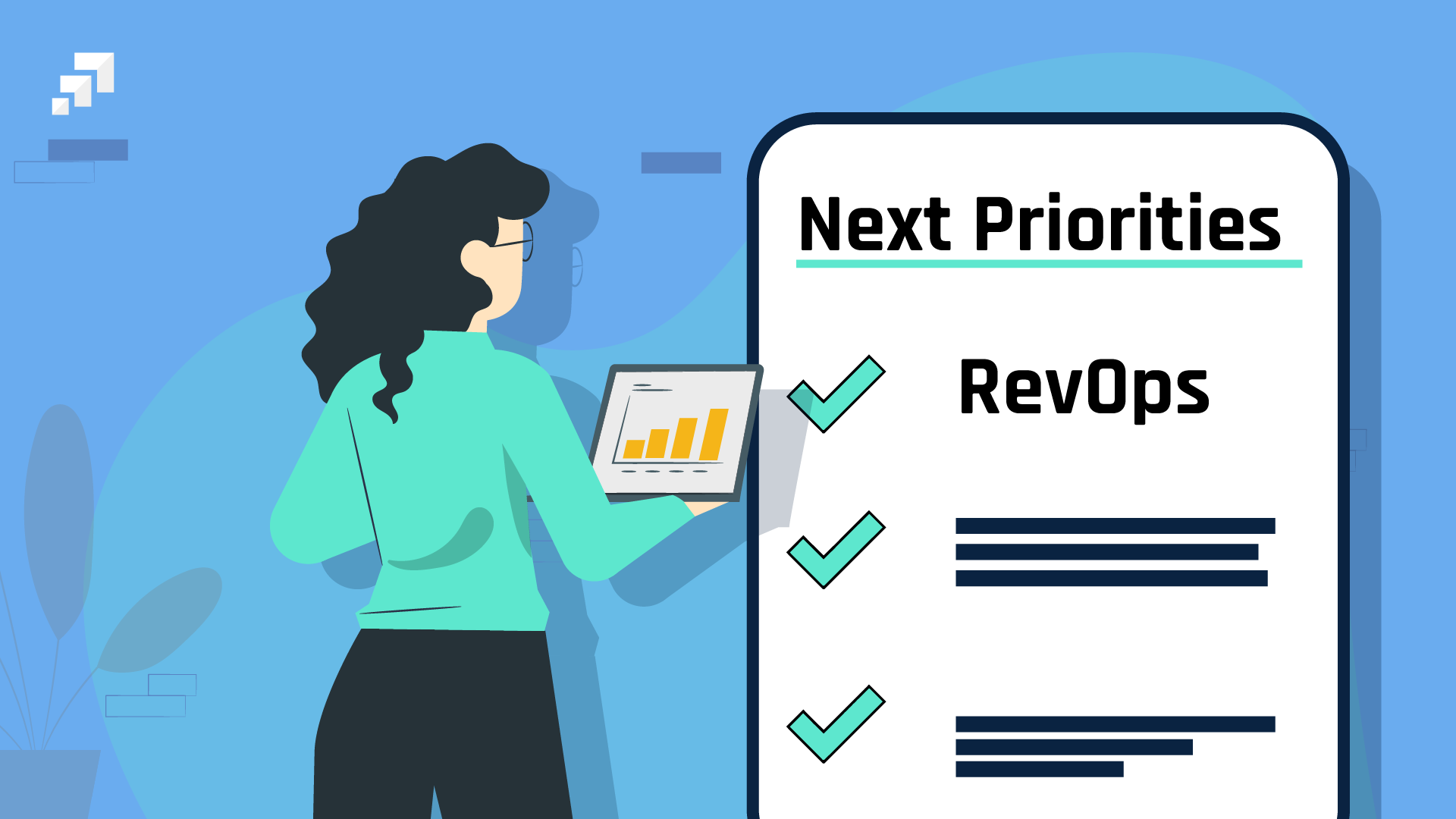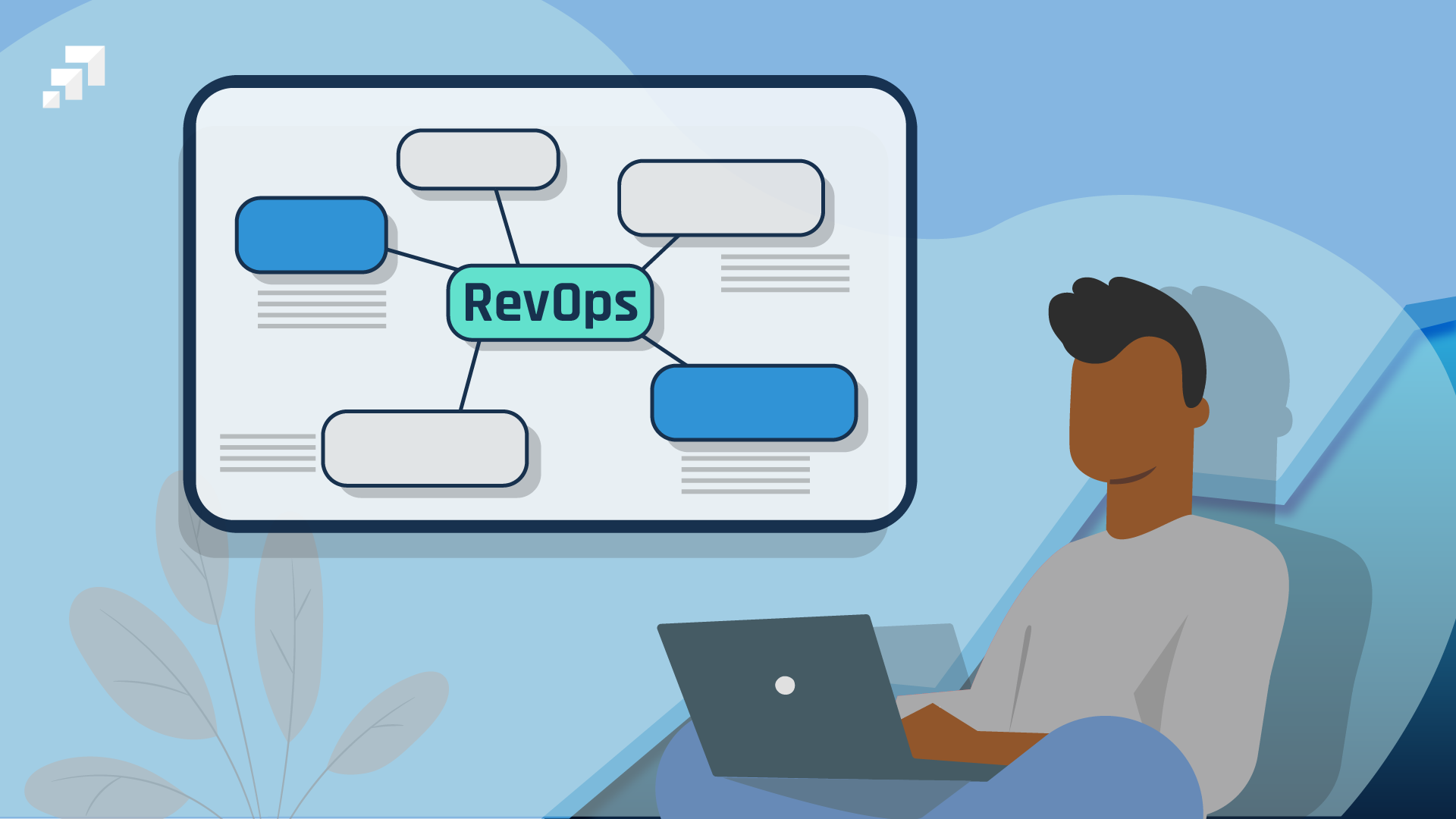The Case for Prioritizing RevOps Directly After Your Series A Financing
Congrats! You just raised a sizable Series A round. Now what? Your company is moving from a founder-led approach for acquiring customers to a...
4 min read
 scaleMatters
February 28, 2022
scaleMatters
February 28, 2022

Obstacles are inevitable as you scale your business. Those obstacles, however, will change depending on the size of your company.
A seed-stage company with a small sales team faces different challenges than an enterprise-level company with multiple sales reps in multiple territories. A startup with minimal marketing budget executes different strategies than a Series E company that can afford to buy a Super Bowl commercial.
The same can be said for the RevOps function. Establishing a strong revenue operations function can help your company at every level of growth.
Why don’t more companies invest in RevOps?
The strategic value of RevOps, especially in early stages, might be the difference between your company’s survival or not. But sometimes, founders choose not to invest in RevOps. This disconnect is most pronounced when the business has first-time founders or a technical founder CEO who's not particularly experienced in GTM issues.
They simply don’t know what they don’t know, so they often choose to grow the sales team instead of investing in RevOps and top-of–funnel infrastructure—all of which are required to make the sales team effective.
How do investors determine the amount of risk taken when investing in a company? It’s not an exact science, but these are some of the particular risk profiles for each stage:
Product-market fit risk: Do you have something that anyone would find valuable? And if so, are there enough for those people out there that you could build an interesting business around?
Go-to-market risk: Have you figured out your ideal customer profile and your positioning? Which strategies for sourcing these prospects are most effective? And what processes for moving prospects through the funnel are most efficient?
Adoption risk: For businesses with a recurring revenue model, once you've acquired a customer, do they find enough value that you retain them as a customer for a long time?
Scalability risk: If you had additional money invested, would the business grow proportional to the change in investment levels?
Profitability risk: When you get to a certain scale, can you be wildly profitable?
Understanding which type of risk you are battling can help you further understand how revenue operations can help mitigate it.
The single most important thing a seed stage company needs to accomplish in order to raise Series A funding is to provide some legitimate proof of product-market fit. That is, you’ve created a product or service that serves a specific market—and they’re paying for it.
How do you do that? By gathering feedback from your prospects and customers to guide you in the direction you need to grow.
How RevOps helps: RevOps can oversee the automation of this feedback loop and accelerate the process to discover product-market fit.
Here are some examples:
In either case, a strong RevOps leader or partner can standardize this data collection and analysis. Revenue leaders then focus on using that data to quickly refine their product-market message.
Once you raise your Series A, you’ve gained a little bit of traction. You have a growing list of loyal customers, and your investors are looking more closely at your business.
The most important thing to prove as a Series A business is that you have an effective go-to-market (GTM) strategy with an established, repeatable approach to finding and acquiring new customers.
How RevOps helps: Frankly, it’s very difficult to build an effective go-to-market engine without leveraging the benefits of a revenue operations function.
An intentional RevOps approach:
Why is your tech stack so important at Series A?
If the implementation and integration of your tools is poorly handled, those tools actually become inhibitors to productivity rather than accelerators.
There’s also a subtle benefit of RevOps that goes beyond the obvious operational benefits: It shows that you’re making a dedicated effort to professionalize your business.
When you are able to build a high-functioning GTM engine, you show investors that your leadership team clearly is in touch with the details of how their business operates and understand which dials to turn and which levers to push. This builds confidence in prospective investors and generally makes it much easier to raise money and achieve attractive valuations.
Once you've gotten through series A, there's a general assumption that:
From this point forward—often series B and beyond—it's really about how fast can you grow (scalability) and how profitable can you be (efficiency)?
How RevOps helps: Your main obstacle to scaling is friction, and to eliminate that friction, you need to know where the friction exists.
Yup, RevOps expertise can help you identify that friction, identifying:
To have the level of detailed understanding of the go-to-market engine that's necessary to further optimize it, you need two things: an extremely robust data infrastructure, and the ability to turn that data into actionable insights.
This is why you can’t achieve scalability and efficiency without RevOps. This is also why there aren’t many companies at this level without a significant investment in RevOps. When you’re raising later rounds of funding, investors expect the business to be managed with precision.
An adequate investment in the go-to-market infrastructure (and a RevOps function to manage it) can easily turn early traction into something that's really highly efficient and scalable.

Congrats! You just raised a sizable Series A round. Now what? Your company is moving from a founder-led approach for acquiring customers to a...

The ability to use data to optimize your go-to-market engine doesn’t happen overnight; it requires intentional work. Companies that are successful in...

B2B startups don’t have the luxury of waiting around for the right customers to come to them. They have to be precise in finding product-market fit,...